Aqara Smart Lock U200 (review)
There was a time when Apple Home compatible smart locks were thin on the ground. Thankfully, at least when it comes to deadbolt locks, those days are behind us. If we’re looking at locks that work with mortice locks, then once again there are quite a few. Unfortunately, most of these are either by Aqara or Xiaomi (like the Aqara A100 series) and as such are hard or near impossible to find, in addition to requiring a fair bit of knowledge, and adjustments made to your door. The one saving grace for doors with a eurocylinder is retrofit devices, which fit over either the key or thumb turn on the inside of your door. Nuki was one of the early ones, and one that I used myself for a couple of years (review HERE, video HERE), and SwitchBot has also released a model that does much the same, namely the SwitchBot Lock Pro (review HERE, video HERE). What none of them has offered so far is the very thing most European Smart (Apple) Home users have yearned for over for the last couple of years, which is Apple HomeKey support. Enter Aqara, with its Smart Lock U200! This, for all its potential issues, is full to the brim with functions, unlock methods, and the latest tech, which includes HomeKey. I’ve been using the U200 for a couple of months, and it hasn’t been totally plain sailing, but it does put all other lock manufacturers – at least when it comes to retrofit locks for European doors – in a sticky position. Read on to see why.
PACKAGING | CONTENTS
The front of the box features both the lock and keypad, and depending on the option you purchased, you’ll see either the silver or space grey model. I’m told there’s a white model, but have yet to see anyone with it. When it comes to the front, they really pushed the boat out when it comes to letting you know just how compatible this lock is;
- support for Apple Home, Amazon Alexa, Samsung SmartThings, and Google Home
- Offers Matter and Thread support (Matter over Thread, essentially)
- It doesn’t mention Apple HomeKey on the front, but then only Apple Home users get to use this, so…
The back of the box has the standard blurb, but it also outlines the type of locks the U200 works with. Bear in mind this is a retrofit lock, so for both deadbolts and eurocylinder locks, you get to keep your original lock. If you have locks other than these two basic types, the U200 is not guaranteed to work with it, but to be sure you can visit the company’s website to do a compatibility check to be certain. I’ve fitted the U200 to a deadbolt lock on one of our internal locks, so I guess this is probably the easiest of all the installations (that makes a change…).
The box lists some of the features;
- Matter over Thread support, which will no doubt please the more keen early adopters
- NFC support by using either Aqara’s own NFC fobs, or certain types of NFC cards
- Apple HomeKey support
- Quiet unlock mode
- The option to power the keypad with batteries or ‘wire-powerd’ [sic]
- Other unlock methods, including your own key of course
- And the fact that it works with your existing lock
The other side features the specs, which I’ll also list;
- Model: EL-D02E
- Wireless Protocols: Thread, Bluetooth 5.1, NFC
- Door Lock Dimensions: 62.3 x 60.6 x 152.5 mm (2.4 x 2.4 x 6 in.)
- Keypad Dimensions: 42.7 x 33 x 146 mm (1.7 x 1.3 x 5.7 in.)
- Powering Modes:
- Door Lock: Aqara Rechargeable Li-ion Battery 7.4V
- Keypad: 4 x LR3 AAA 1.5V Batteries
- 12V-24V AC 0.5A 50/60Hz or 12V-24V DC 0.5A wired input
- Operating Temperature: -15 °C ~ 66 °C (5 °F ~ 150.8 °F)
- Operating Humidity: 0 ~ 93% RH, no condensation
- IP Rating (Keypad): IPX5
As you can see, you still get Bluetooth as an option, which means you can create a direct connection between your phone and the lock (actually the keypad), which is still something we’re unable to do via Thread, even with Thread built into the later iPhones.
So, there’s a ton of contents in the U200 box, to say the least.
- Smart Lock U200 × 1 (incl. keypad)
- User Manual × 1
- Aqara Rechargeable Battery × 1
- Cylinder Adaptor Kit × 1
- Hexagon Screwdriver × 1
- USB-C Cable × 1
- AAA Battery × 4
- 3M Sticker × 1
- EVA Pad Kit × 1
- Screw Kit × 1
- Power Bank Pouch × 1
If like me you’re adding this to a US style deadbolt lock, you won’t be needing the 3M sticky pads.
THE LOCK | KEYPAD
Unlike many locks with keypads, the U200 comes with its own keypad as standard, and isn’t an optional extra. The two are pre-paired at the factory, so if for any reason one of the two parts gets damaged, you can’t just replace it, so the lock and keypad would have to be replaced in total. That would normally make you understandably think twice about the purchase, given that an optional keypad would be preferable, but as it stands, none of the keypads you can buy as an optional extra come with Apple HomeKey included. Some have a fingerprint reader, which is probably just as good in most cases, but once again Aqara tops most other options with an included NFC reader too. The SwitchBot Lock Pro also offers both a fingerprint reader and NFC, but no Apple HomeKey support, but it does require their own hub due to it using Bluetooth, whereas with the U200, it’ll connect to an existing Thread network via Matter, so no hub required unless you plan on using it in the Aqara ecosystem, in which case the Aqara Hub M3 will be the device to provide Matter and Thread support. You don’t actually need the Aqara M3 to use the U200, as it’ll connect to the Aqara app via you phone using Bluetooth. If you want to make use of automations within the Aqara app, you will need the M3.
I can only speak from the perspective of fitting it to a deadbolt door, but it was very easy to install. I have had experience in fitting other retrofit locks though – having installed the Nuki Lock 2.0, August Pro, and the previously mentioned SwitchBot Lock Pro, so maybe I’ve had a bit more practice, but it is actually pretty straightforward. Deciding where to place the keypad is probably more tricky, but only because you need to ensure that the location you place it is going to be easily accessible for NFC, hands (with the keypad), but especially iPhone and Apple Watch. Having it in a location that makes you contort your wrist to use HomeKey on your watch or your phone is not going to be much fun.
Focussing briefly on the lock portion, removing the cover plate reveals a few things; first of all this is home to a rechargeable battery, so you don’t have the option to use standard disposable or rechargeable batteries. That’s ok, as long as the cost of a replacement battery is reasonable, and possibly more importantly, is readily available. So far, I’ve not seen any mention of replacements, but I’m sure that’ll come in due course. The battery clicks into place quite easily, and comes with a little tab to pull it out, so no complaints there. As it’s rechargeable, there’s a USB-C port at the top (or bottom, depending on how you’ve installed it), so in essence, you don’t even need to remove the battery to recharge it, as long as you’re a bit creative. There’s also an LED indicator that briefly flashes when the lock is activated in any way.
As this is a full-on Matter device, you don’t get a QR code for HomeKit, only a Matter QR code. This is going to be something we’re already seeing more of, but to HomeKit users it generally makes little difference – you scan the Matter code to add the device to Apple Home in the same way you’ve always done. There’s also a QR code for the Aqara ecosystem, which you may or may not need to scan, as once powered up, the lock should be sending out a Bluetooth signal allowing it to be discovered. If not, you can use the QR code. Below (or above) these codes are two buttons – Reset and Set – both of which are pretty self explanatory, although maybe less so for the set button. With the lock set up, you tend to need the Set button to add it to other ecosystems.
IN AQARA HOME
The main screen isn’t dissimilar to the screens for Aqara’s other locks, with user management, passcode and log options. Even though the lock uses Thread, Bluetooth is still available, which – as I’ve previously stated – means you don’t actually need the M3, or any other Aqara hub, to use the U200. As you can see from the second screenshot, I’m not connected to the M3, and I’m still able to access functions and settings for the lock, as long as I’m within Bluetooth range. For some reason, however, even if you’re connected to the lock via the M3, accessing most functions for the lock does require you to activate the keypad first, which would be achieved by pressing any button on the keypad. This means accessing most features can’t be done remotely.
When it comes to users, just as with the other Aqara locks, it’s broken down into three basic categories (not including users of one-time passcodes);
- Admin – this gives the user access to all lock settings, as well as locking or unlocking using all the available methods
- General – much like the Admin option, this allows the user to use all the available lock/unlock methods.
- Temporary user – This allows the user to access the lock only using a passcode. Additionally, you can limit access between specific dates, or certain days of the week and between certain times.
The one-time passcode option can generate a one-off passcode that can only be used one, and will expire after a set date. This also doesn’t require you to activate the lock, unlike the other options.
Both Admin and general users can access the lock using a registered fingerprint, passcode, with an NFC card, or with Apple HomeKey (Via Apple Home), if they have a suitable iPhone. There are no restrictions to the user in terms of dates, days, or times. Periodic/temporary users can be restricted by date – so you can allow access between specific dates, but you can also customise this access to only work on specific days of the week, and even between certain times of the day. If you’re worried you’re going to come up with an easily guessed passcode, the Aqara app can generate one randomly for you.
As with all Aqara locks I’ve reviewed so far – A100 Zigbee, U100, U500, the U200 has so many options I’m just not going to go into detail on each one. A possibly useful one for people who rent out their properties on a regular basis, the Door Lock Log is quite useful for keeping track of all comings and goings, as well as alerting you to other issues.
As for the long list of features, there are options for controlling the audio that comes from the lock, there’s auto lock, although in my testing I couldn’t get it to work consistently. There’s an option to lock the keypad if repeated failed passcodes have been attempted to be used. Night latch mode allows you to only allow for certain types of access to be used between specified times, and Auto-Turn is a good option for people with potential disabilities or issues with the strength in their hands. This allows the thumb turn on the lock to be turned just a little way, with the U200 completing the rest of the locking/unlocking action for you. If you turn the lock a little way, slowly, the deadbolt will lock/unlock slowly in kind. Turn it a little way more briskly, and it’ll respond with a fast lock/unlock. It may seem a bit strange to offer this, but it does work. I just wonder if a small button might have been better though.
The lock also has Quiet mode, which allows the U200 to lock much quieter and slower. In fact there are three speeds available, quiet, normal, and fast, with the latter being the default. To achieve this mode, you simply need to press the Confirm button (the one with a ‘tick’ icon) followed by the lock or unlock method you choose, and it’ll duly open in the slowest mode. You can also set the lock to perform and any of the three speeds on a schedule, which is great if you have a family member that regularly arrives home late, which means they’re less likely to wake other members of the family.
The lock also offers the following modes – Do Not Disturb and Passage, with the latter ensuring that the U200 stays unlocked for those times when you need the lock to be accessible for when people are constantly going in or out of the house.
IN APPLE HOME
You’ll not be surprised to see the U200 offers much the same level of detail as most locks. You get the one tile, and a toggle control beyond that. For the settings panel, you get to see the battery levels, but only for the lock itself, not the keypad. This is because it’s the lock that connects to your Apple Home via Thread, with the keypad connecting to the lock using Bluetooth.
If you prefer not to use the Aqara app for user management, you can still use both Apple HomeKey and passcodes, with the latter option using the ‘Manage Access’ feature, which allows you to create or generate passcodes directly within Apple Home. Manage Access doesn’t give you the range of customisation options you find in the Aqara app, so you can’t restrict the user to a start and end date, certain days or times. You can only give them access, turn access off, or remove it totally. What you do get is the option to allow the same passcode to be used with other locks in Apple Home, as long as those locks also support the Manage Access feature. If you look in the second screenshot, you can see both the U200 and U50 are present as options, but my now ageing August Lock is not present, as is the case with Aqara A100 Zigbee, neither of which has this option. You can then share the passcode in a variety of ways – AirDrop, Email, Messages, Notes, and much more.
IN DAY-TO-DAY USE
This is a tricky one to conclusively talk about, as I only have one front door, which is already being taken care of by the Aqara A100 Zigbee (review HERE, video HERE), so I’ve had to confine my testing to a bedroom door – hey we live in an apartment! This also means I’ve been unable to test the keypad with the outdoor elements. That said, in all the testing, which so far covered maybe just a tad under two months, I’ve been impressed by a few things. First of all, the response time between a fingerprint being pressed onto the sensor and the lock opening, is exceptionally fast. This had been my experience with the A100 and U100 locks, but the keypad is hardwired into these locks, so you should expect nothing less. With the keypad not physically connected to the lock, only utilising Bluetooth, you’d rightly expect there to be a delay, at least initially. This simply isn’t the case, with response times being astonishingly fast.
All of the lock options – fingerprint, NFC, and Apple HomeKey – are as fast to respond, with only the keypad being slower due to having to tap in a passcode. I think aside from being able to offer HomeKey via wireless keypad, which I honestly had my doubts would actually come to pass, the reaction times really do put many other locks to shame when you compare like with like.
One downside is the fact you currently need to be with the keypad and have it activated in order to access nearly all the settings. Hopefully Aqara can address this. The other more minor downside is regarding issues I had with connecting it to the M3. When I first set it up, everything worked well in both Aqara and Apple Home. As I’m meant to be actually testing the device, I did remove and reinstall the U200 a few times, and this is where I encountered issues. The second installation went through, but on this occasion Apple HomeKey was added, but wouldn’t actually work. A third installation fixed this, but then I couldn’t bind it to the M3, which is the state we’re at currently. I did have separate issues with the M3, which I detailed in my review, so as it stands, the U200 is mostly used in Apple Home, with Aqara Home only used to change settings.
Build quality is of the usual Aqara standard, which can vary depending on some devices. For example, the Aqara A100 I have here is built like a tank, due to the two parts being mostly made of heavy, durable metal and glass. The U200 isn’t as ‘tank-like’ as this due to the keypad and lock bodies being made of plastic. They still feel well made and put together though, and don’t creak at the seams, or offer gaps where there shouldn’t be any.
I think the one thing that makes this lock stand out from other retrofit locks is that it can work with both European and North American style locks. The SwitchBot Lock Pro can too, but you have to have a separate model for this, whereas the U200 does everything with the one model. The Nuki only works with European locks, and the likes of August, as one example, are only meant for deadbolts, so the U200 is truly on its own in this respect.
If I were to offer a suggestion, it would be that if you want to replace a dumb deadbolt lock, you may want to consider the U100 or U100, as they have it all in one package. If, on the other hand, you’re renting, and aren’t allowed to simply replace the whole lock, then the U200 is best for the least intrusive option of the two. It goes without saying that for European users, this is probably the best option right now, and I say that having used locks by Nuki and SwitchBot.

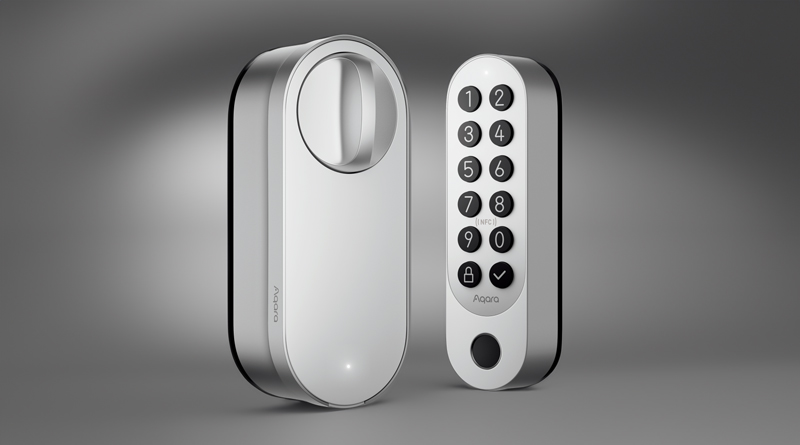
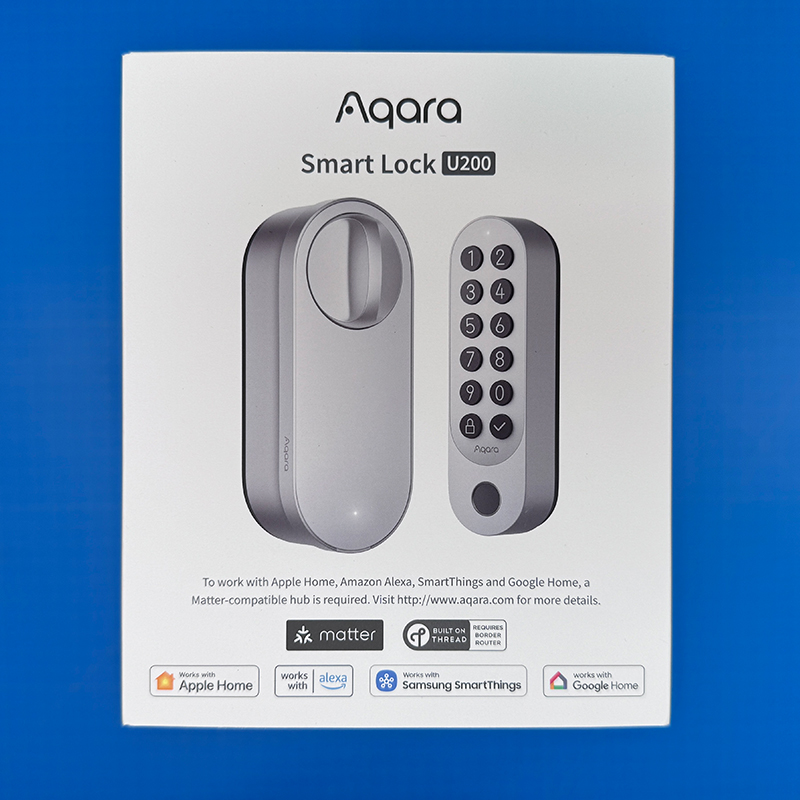
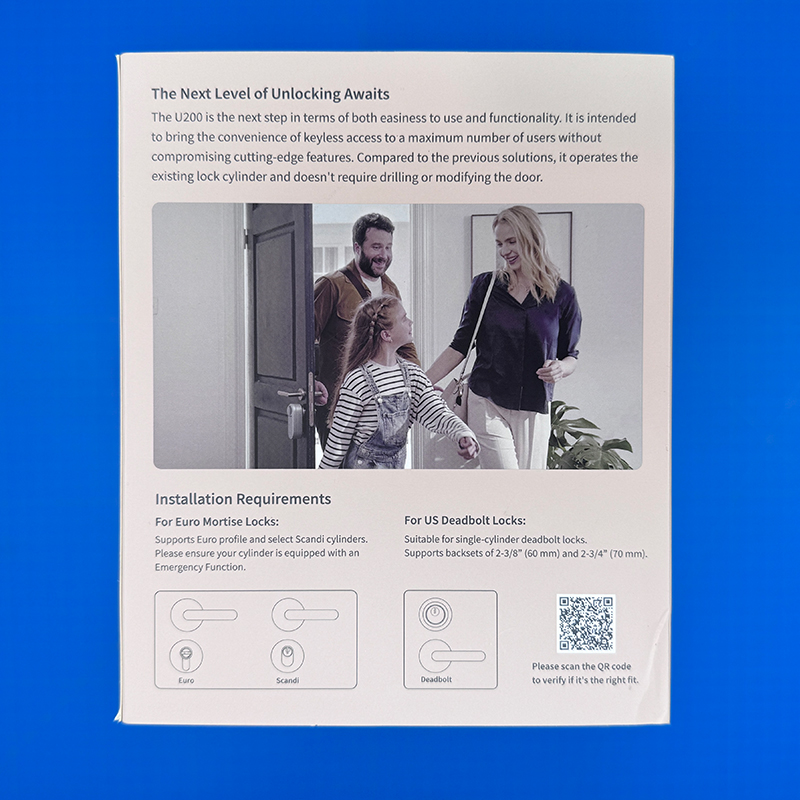
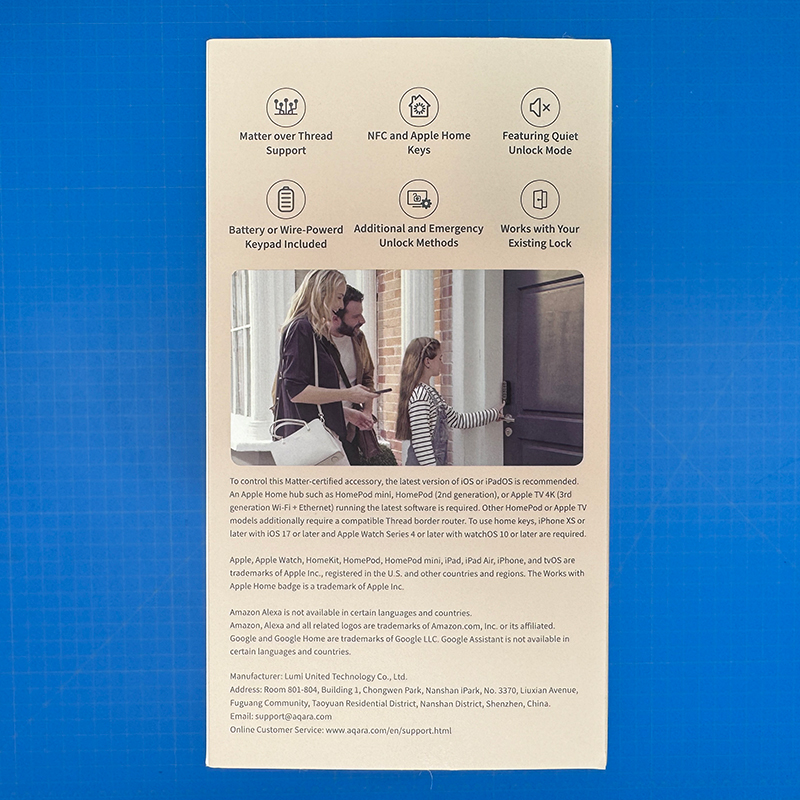
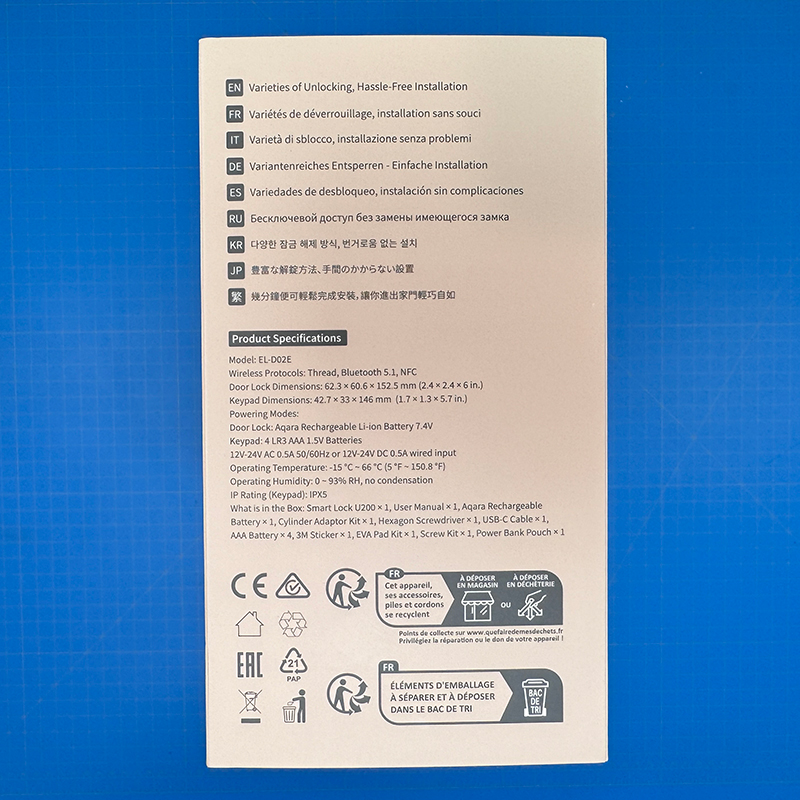
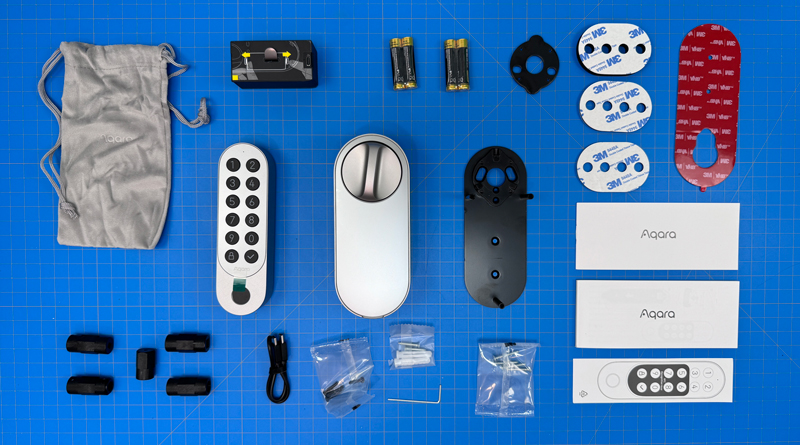
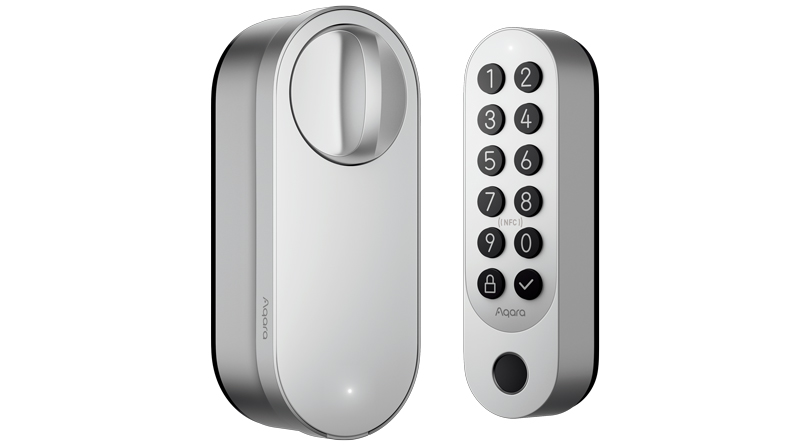
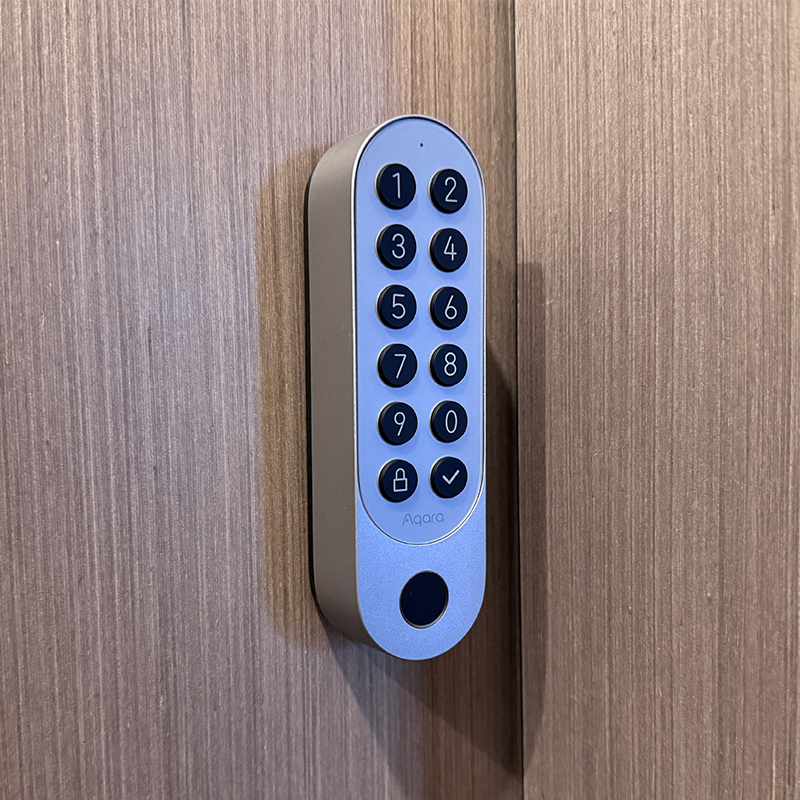
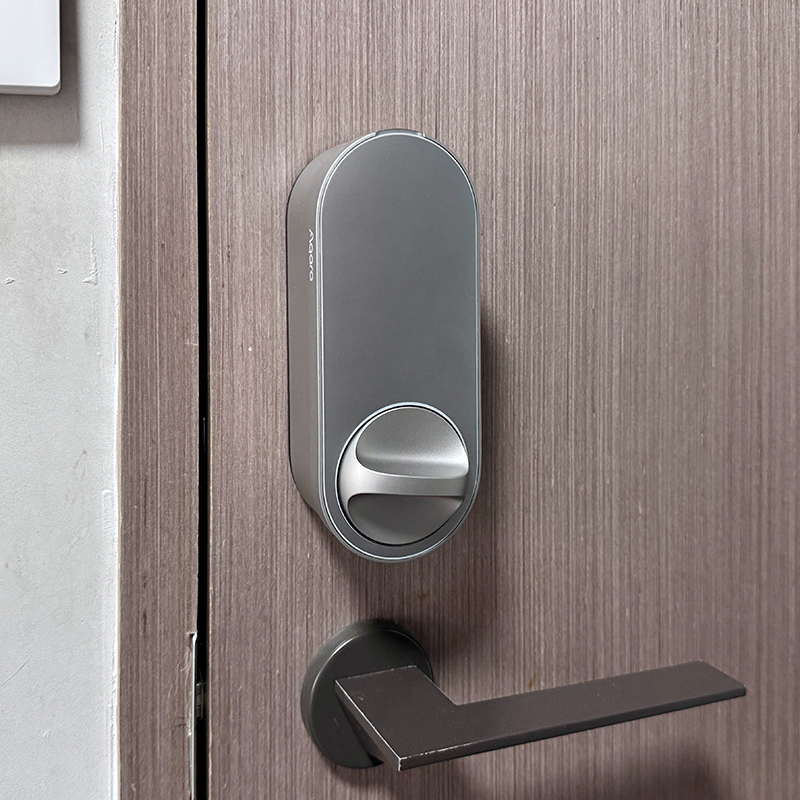
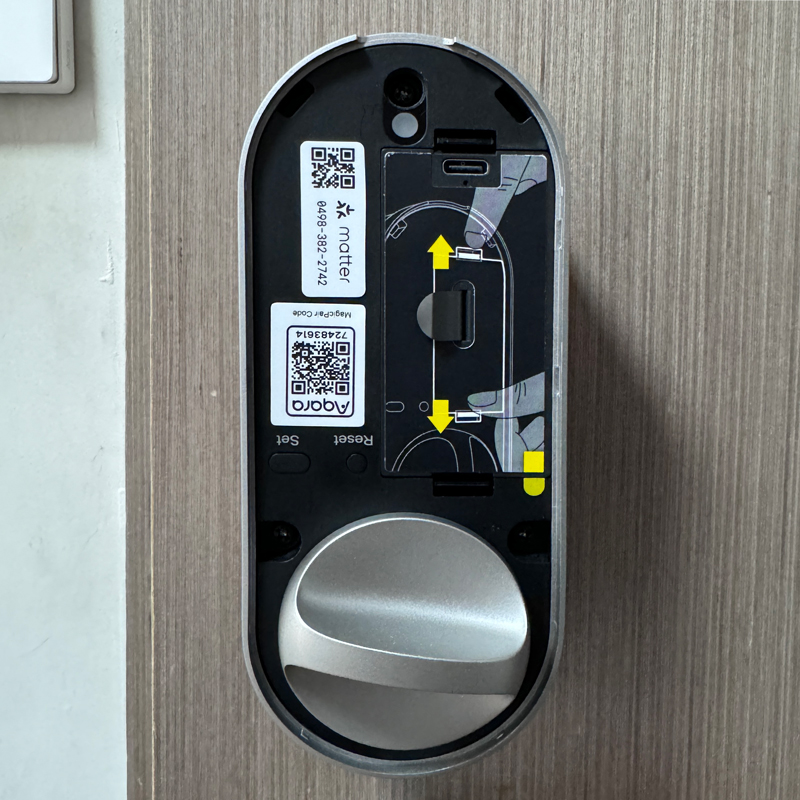
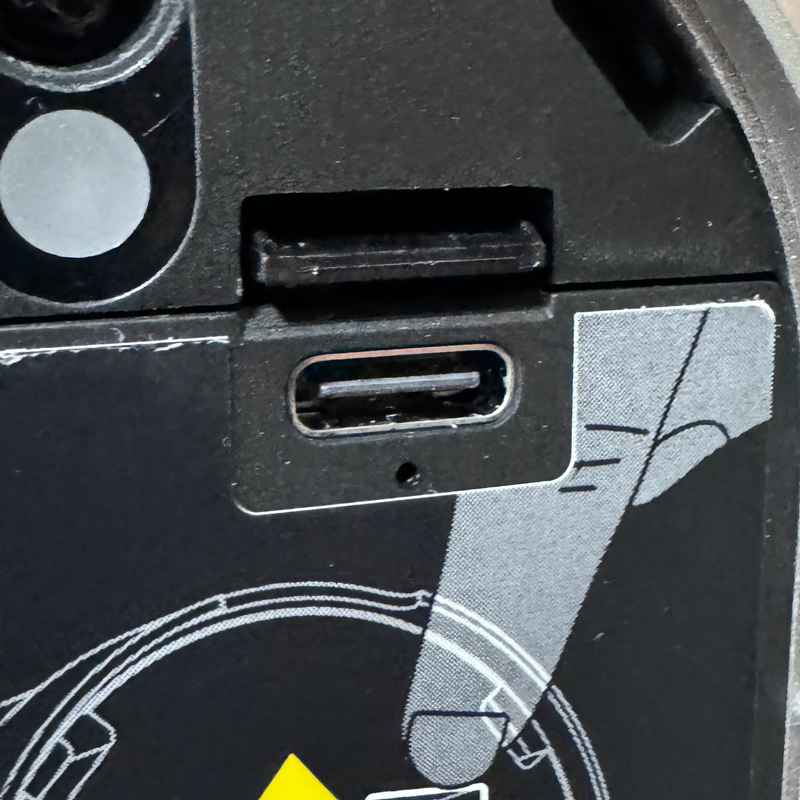
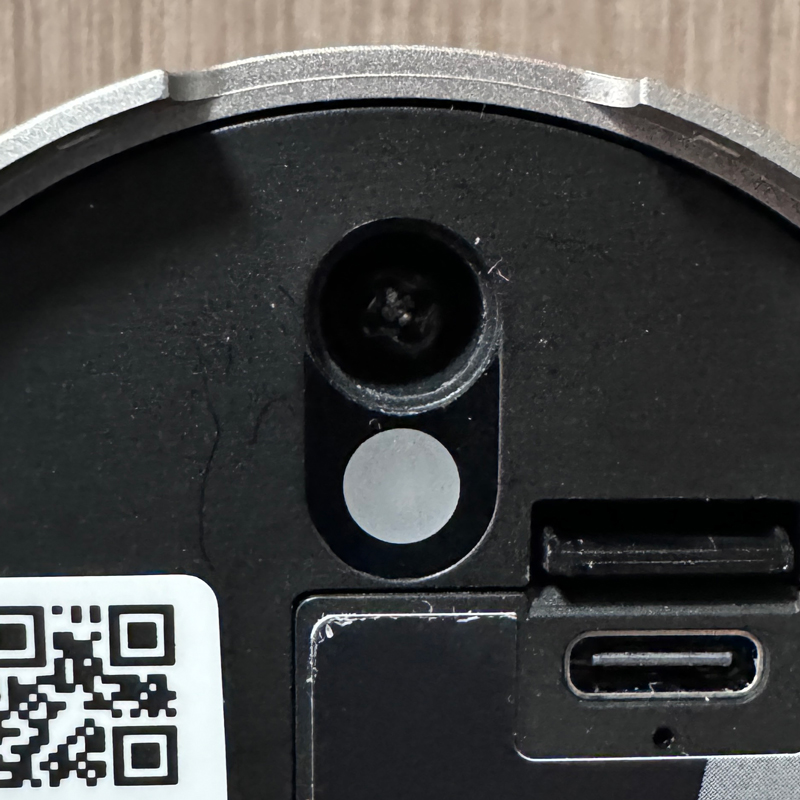
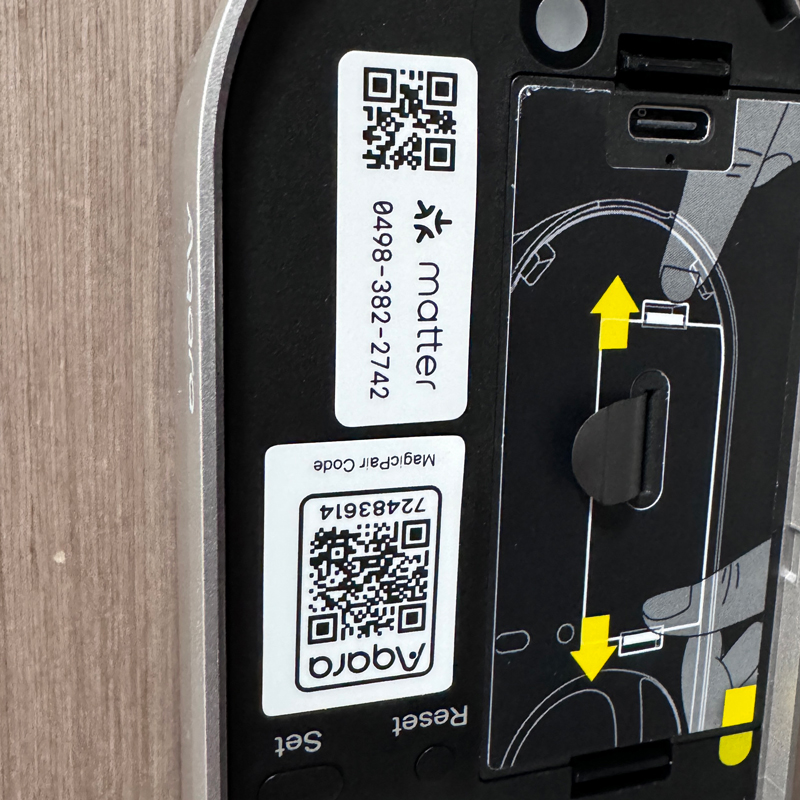

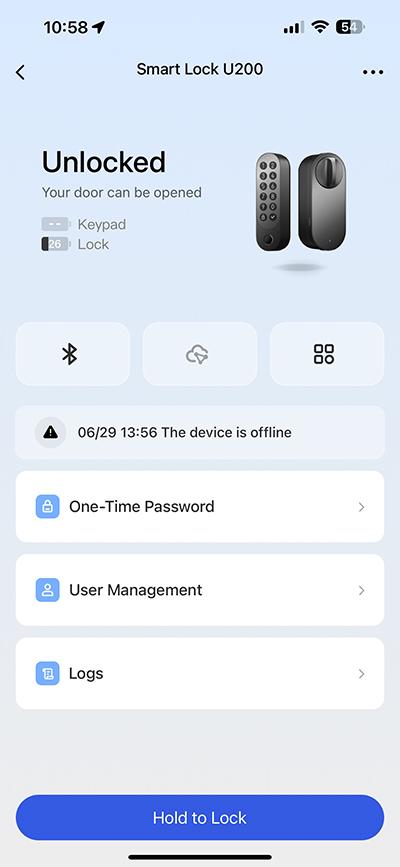
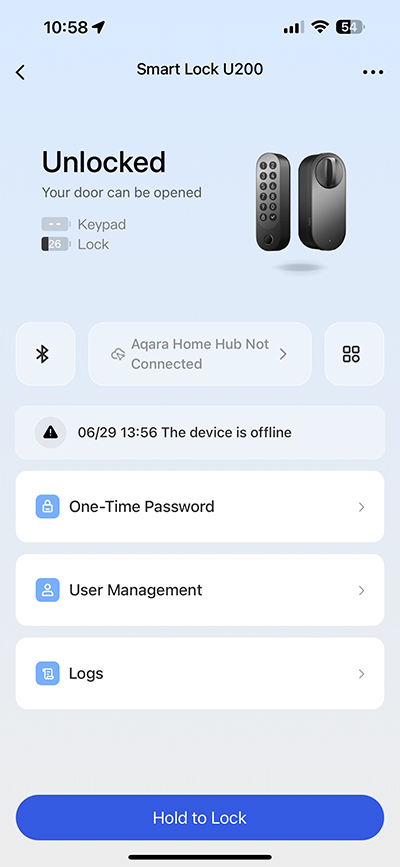
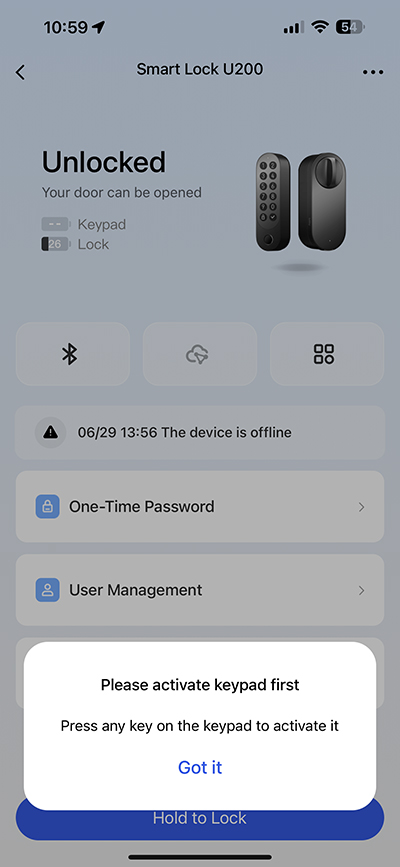
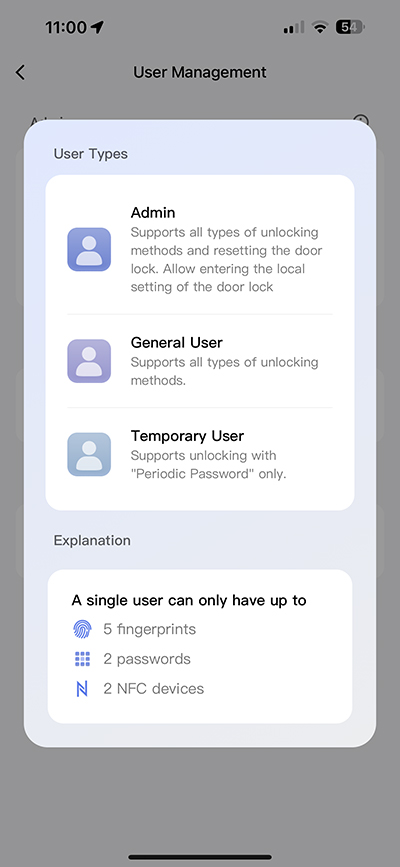
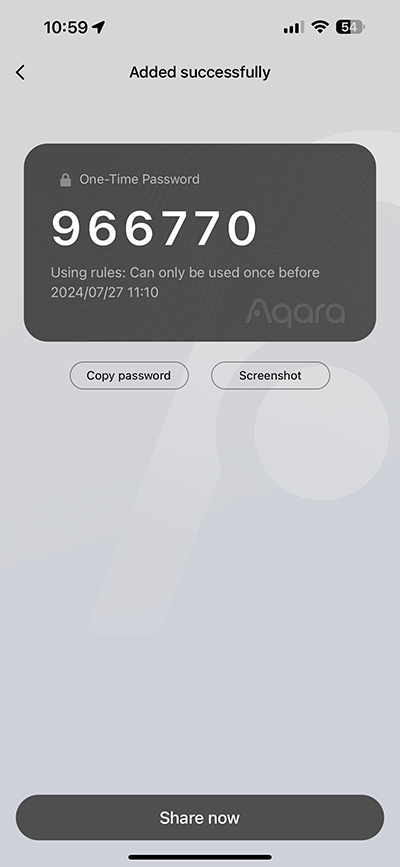
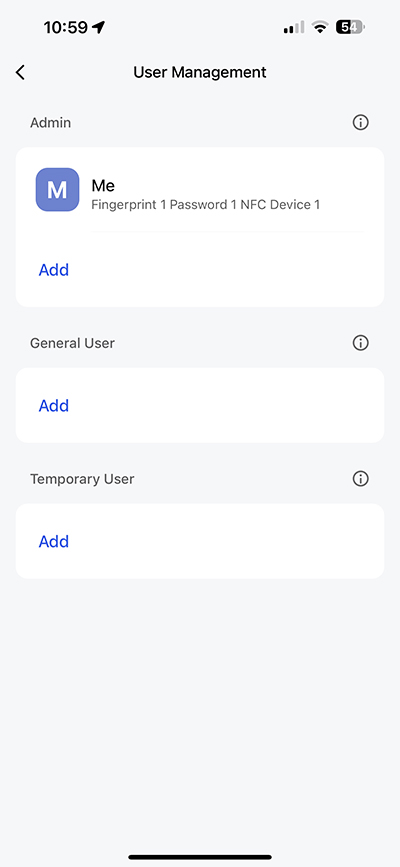
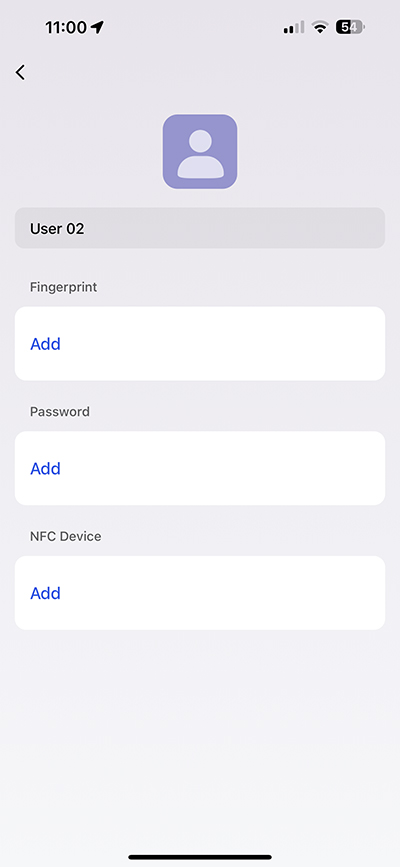


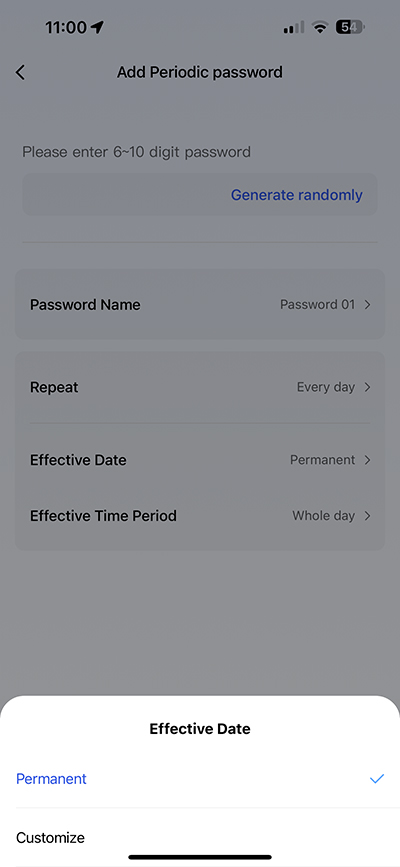
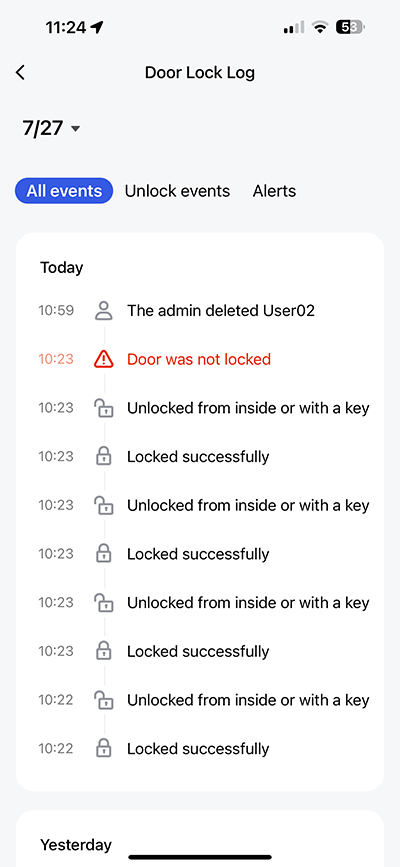
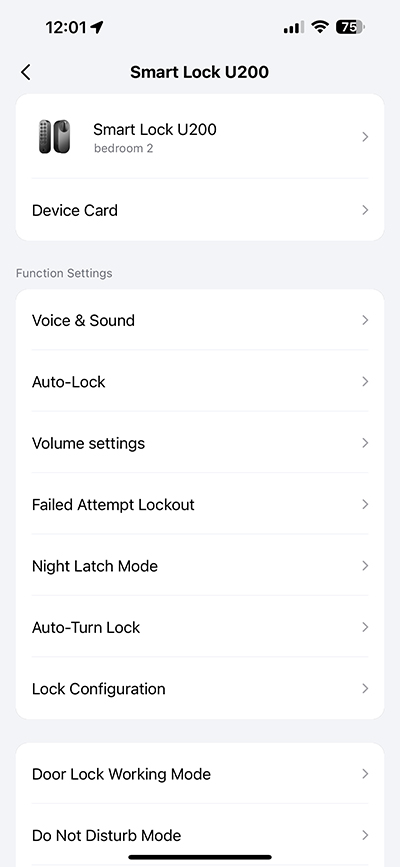
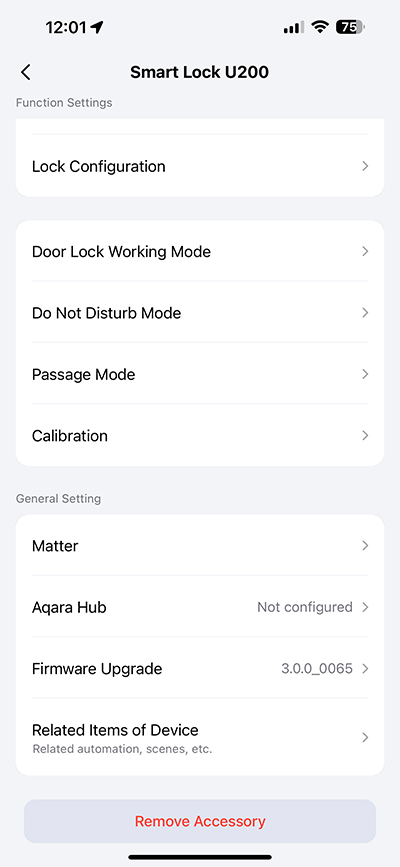
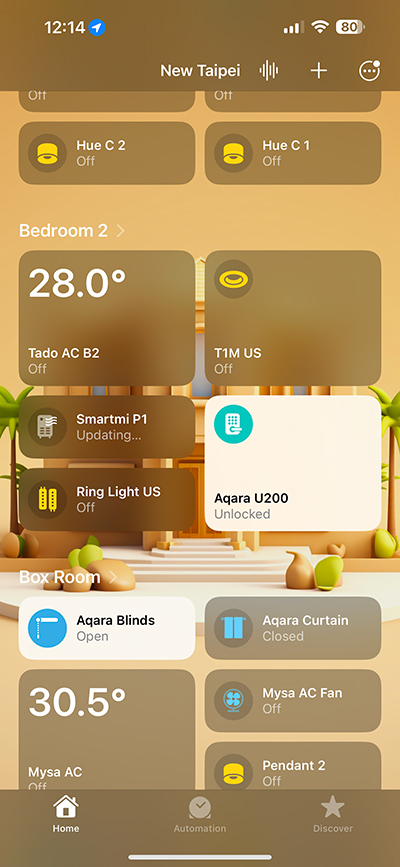
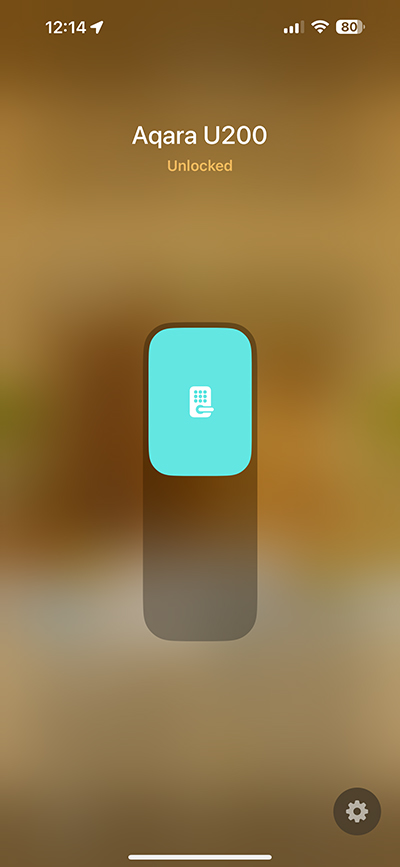
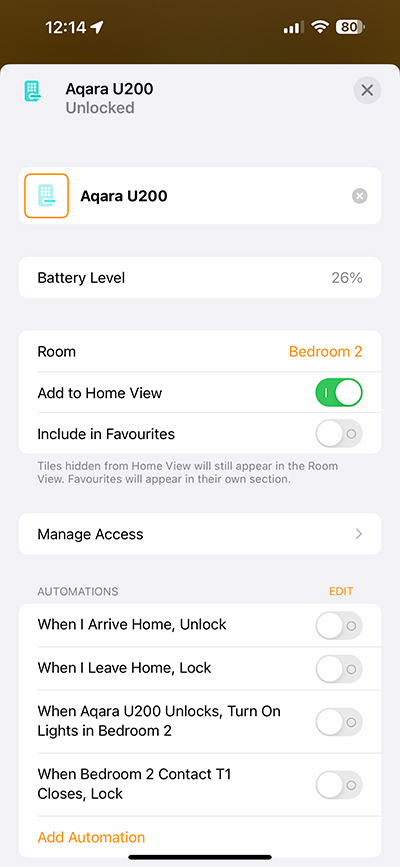


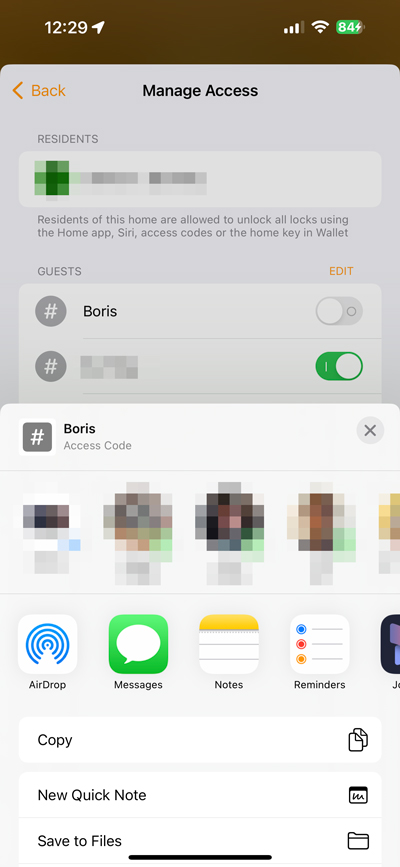
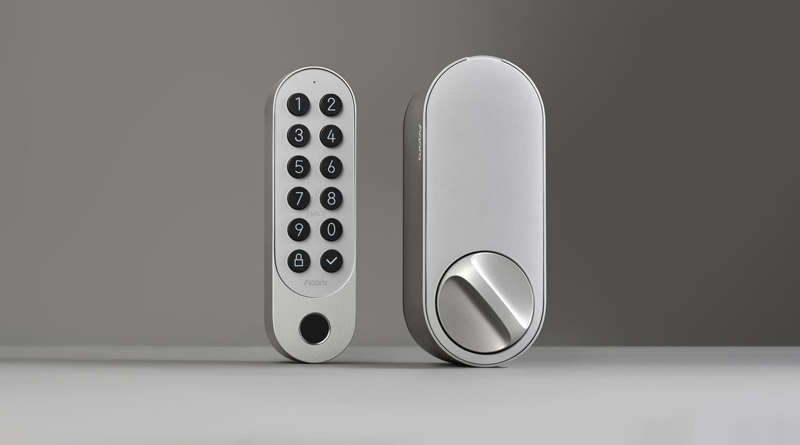
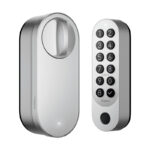
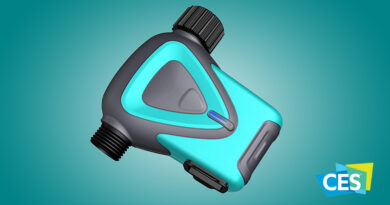
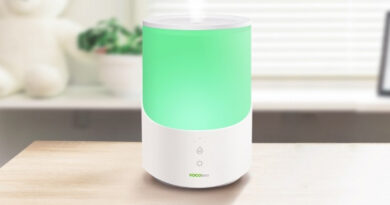
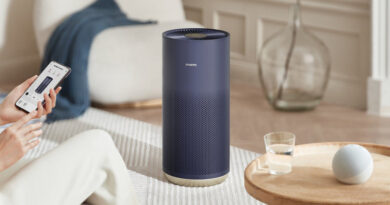
Hi there,
Thank you so much for these details. Finally I got one Aqara U200 y it is really cool. In addition, it last update includes a pull spring feature once the door is closed but not locked.
However, this option is not available through HomeKit. It only has lock/unlock toogle and it is really annoying.
I do not figure out how to solved it. Do you know any workaround? I tried to createa a Homekit scene and use it to “unlock” it although it is already in that status but it didn’t work. Neither via Siri.
Thanks